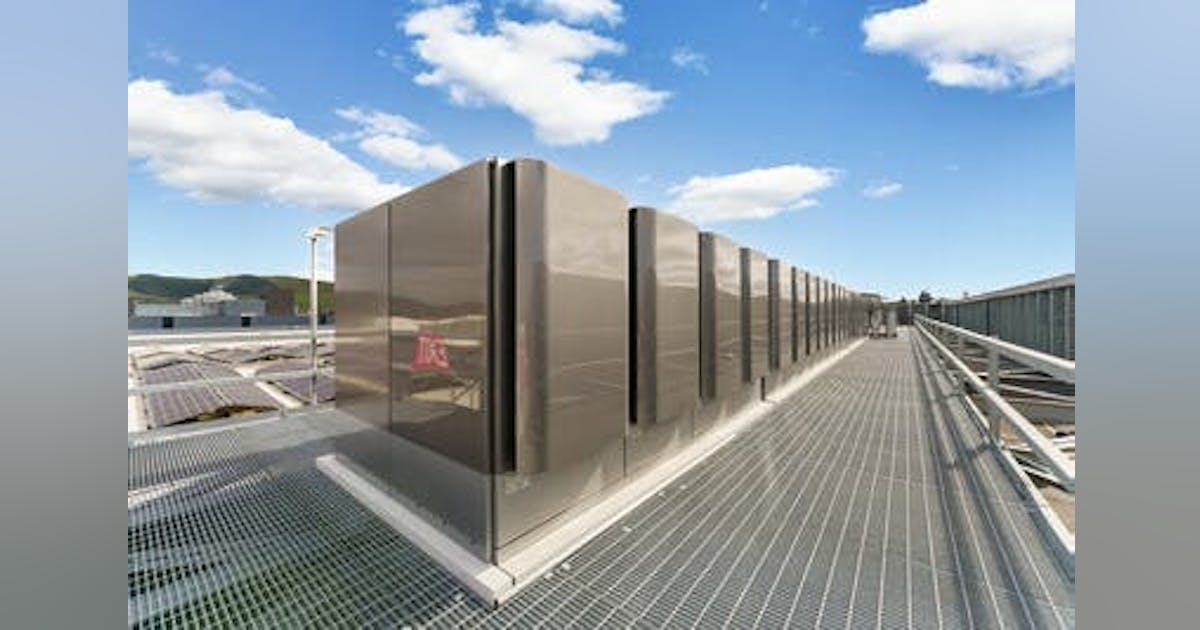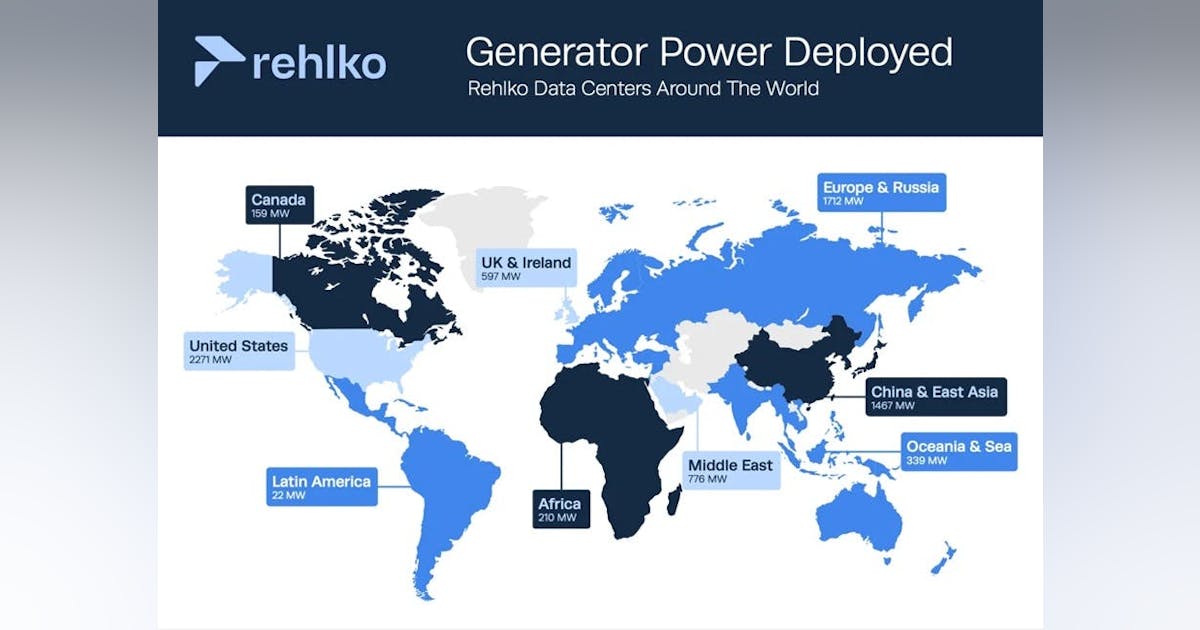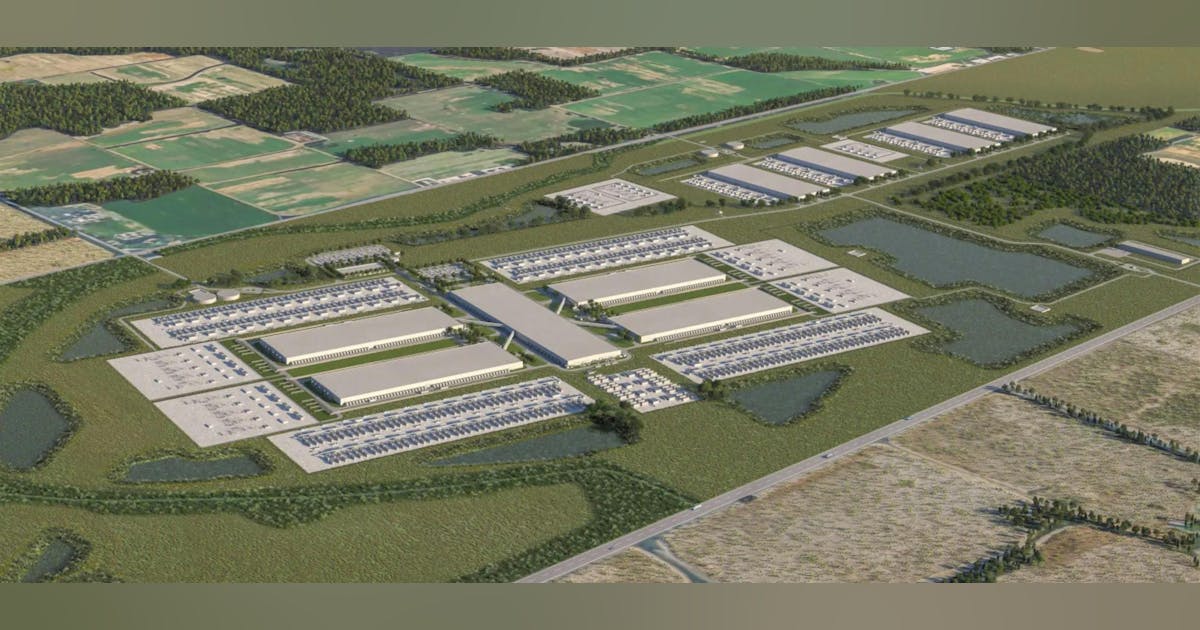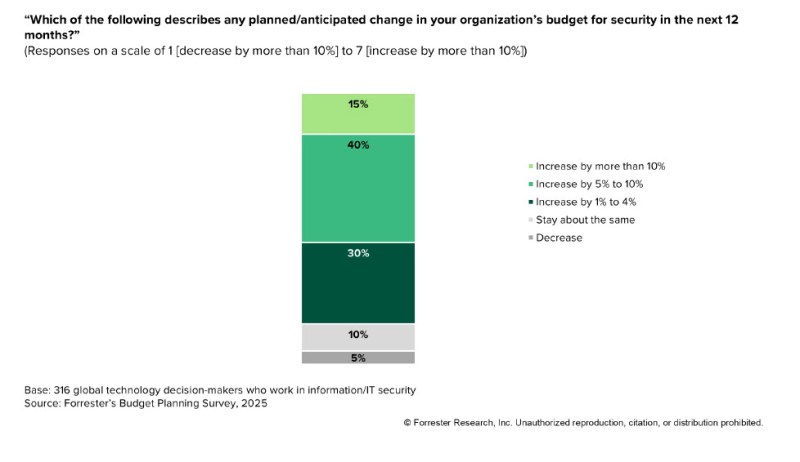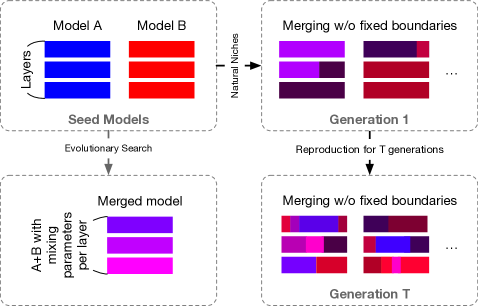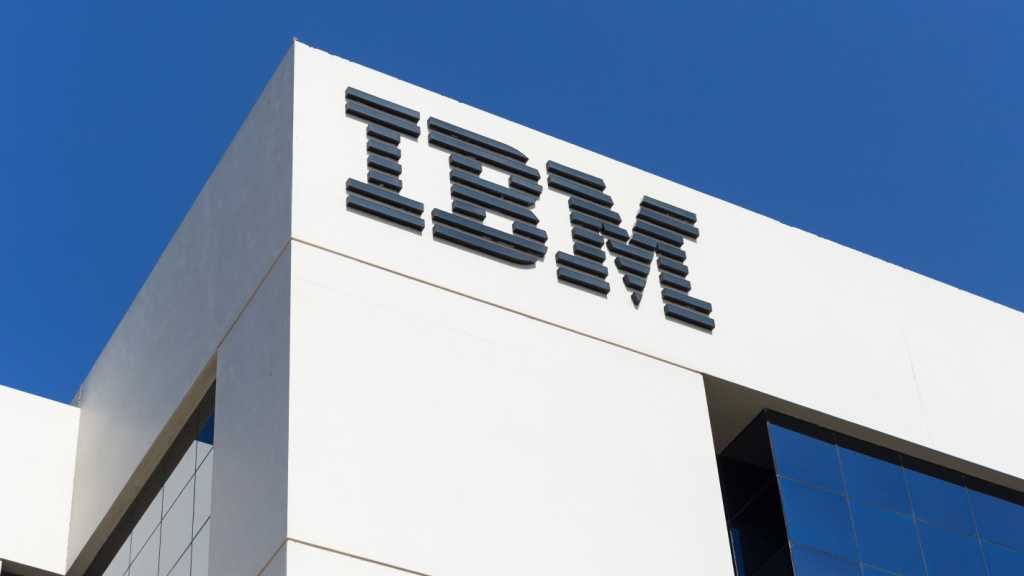
Working around the competition
The launch invites comparisons with other AI chips on the market, but analysts say IBM’s Power11 servers are built for targeted use in specific industries.
“These systems don’t compete on raw performance with offerings from Intel or Nvidia, but IBM can offer a stronger value proposition for specific workloads by avoiding power-hungry compute when it’s not needed,” said Shrish Pant, director analyst at Gartner. “It’s like choosing a quality scalpel over a knife when precision matters more than brute force.”
Power11’s features would make it especially useful in sectors like financial services, where data integrity and uptime are critical, and manufacturing, where real-time edge inference supports quality control and predictive maintenance.
“However, IBM still faces a competitive gap in terms of developer ecosystem and software compatibility,” said Himanshu Mhatre, senior analyst at Everest Group. “Nvidia remains dominant in AI training, and both Intel and AMD benefit from broader ISV and cloud-native support. For Power11 to scale, IBM must expand support for open-source AI frameworks and modern development tools.”
The emphasis on AI inference also reflects a pragmatic, though somewhat limited, approach that prioritizes enterprises looking to deploy and scale pre-trained models rather than develop large foundational models.
“This aligns with broader enterprise trends focused on AI integration for process optimization and automation,” said Prabhu Ram, VP of the industry research group at Cybermedia Research. “However, it sidelines IBM from the forefront of AI model innovation, where hyperscalers and chipmakers are pushing boundaries.”











